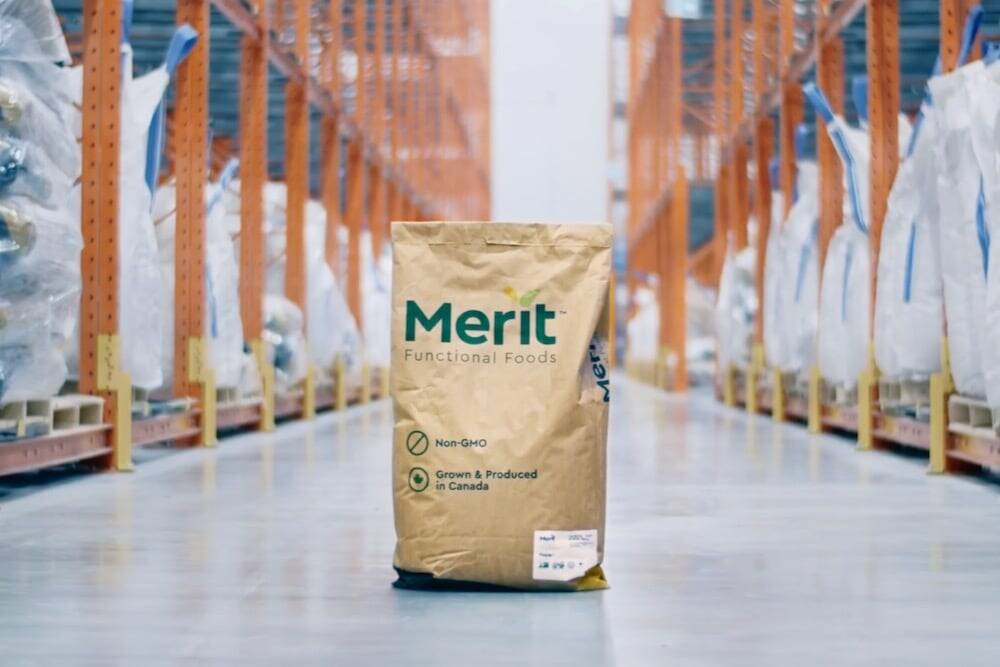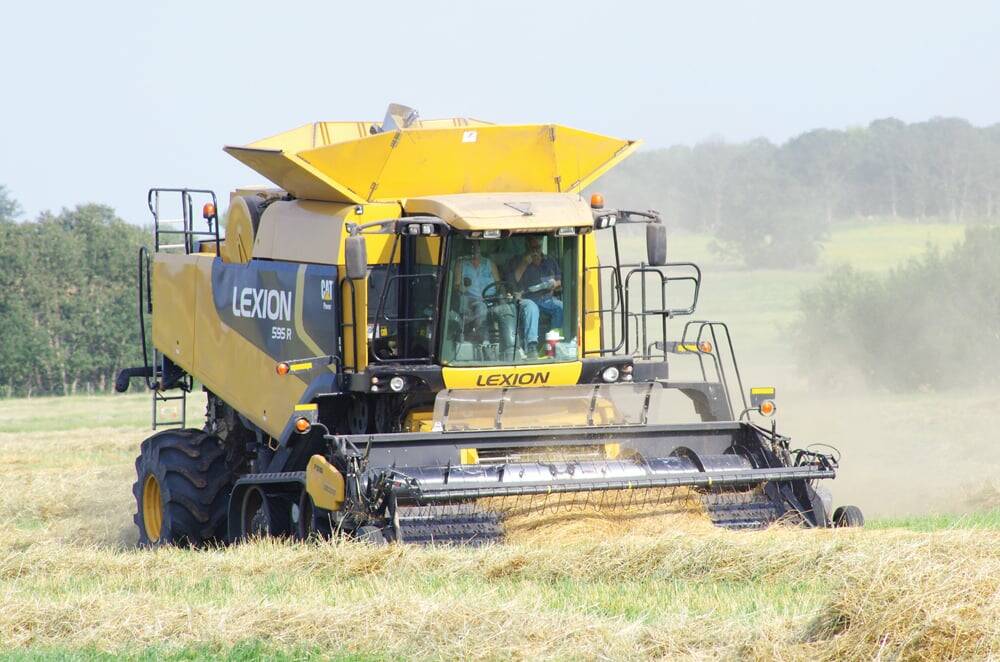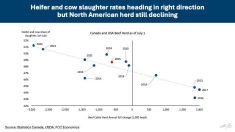Manitoba farmers are facing a perfect storm of low grain prices and soaring fertilizer costs that are threatening profitability for both the current harvest and next year’s crop, a provincial agriculture specialist warns.
Current harvest delivery prices have fallen to $7 per bushel for hard red spring wheat, $13.25 for canola, $11 for soybeans and $4 for oats, representing harvest pricing typically seed at the lows of a pricing cycle, Manitoba Agriculture farm management specialist Darren Bond said during a recent Crop Talk webinar.
On the cost side, fertilizer costs have climbed significantly from the numbers used in Manitoba Ag’s 2025 crop cost of production guide, which was compiled last November, Bond noted. Urea has jumped to $850-900 per metric tonne, about 30 per cent higher than the $690 per tonne used in those calculations.
Read Also

Merit bankruptcy proceedings begin
Winnipeg-based Merit Functional Foods filed for bankruptcy in October after being in receivership since 2023
“Fertilizer is expensive,” said Bond said. “Fertilizer has been costly the last few years, but now fertilizer is really expensive again, (compared) to the price of grain.”
WHY IT MATTERS: Uncertain markets are among the factors playing havoc with grain markets, while input prices are increasingly pressuring farmers’ remaining margin.
Data from Manitoba Ag show a surge in crop production costs in 2022. Those have stayed elevated and, when combined with current grain prices, the cost pressure is particularly acute.
“While we’ve come off the costing highs of 2023, it’s only soft, marginally,” Bond said. “And I like to remind people about this. We hear, ‘Oh, it’s cheaper.’ Well, technically, yeah, you’re right. It’s cheaper, but it’s not cheap.”

The province’s data notes that fertilizer is more expensive relative to grain prices than historical averages for both wheat and canola.
Farmers with above-average yields might still capture some profitability this year, but those with below-average yields from weather challenges will likely struggle, Bond said.
Fertilizer management for next growing season
Looking ahead for next year’s crop, fertilizer management will be crucial for maintaining farm viability, Bond added. He recommended that farmers seek out multiple quotes and purchase their fertilizer early, as fall prices are generally cheaper than spring. Bond also suggested considering fall anhydrous ammonia applications, which are currently about 20 per cent cheaper than urea. Splitting fertilizer prices can also be a way to hedge against price volatility, and improving application timing and placement can boost efficiency, he said.
“Managing a business is like steering a large ship. You can make course corrections. It doesn’t happen immediately. It takes a bit of time. So, that’s why we need this time to make these decisions,” he said.
Avoid blanket rate cuts without analysis
Bond cautioned against blanket fertilizer rate cuts without proper soil testing and yield target analysis, warning that reducing rates without strategic planning would inevitably reduce yields.
“You cut rate to cut yield, right?” he said. “So, I think before we get to that cut rate discussion, take a few steps back and say, ‘okay, what are we impacting here?’”
Cash flow concerns progress along with harvest
Harvest operations continue across Manitoba, with intermittent periods rain slowing recent progress. Currently, Bond’s biggest concern with market volatility and the geopolitical factors affecting grain trade is farm-level cash flow management.
“If we’re going to sit on everything, the question then becomes, where’s our cash flow going to come from?” he said. “We can’t sit around forever in the absence of cash in the bank accounts, either.”
















